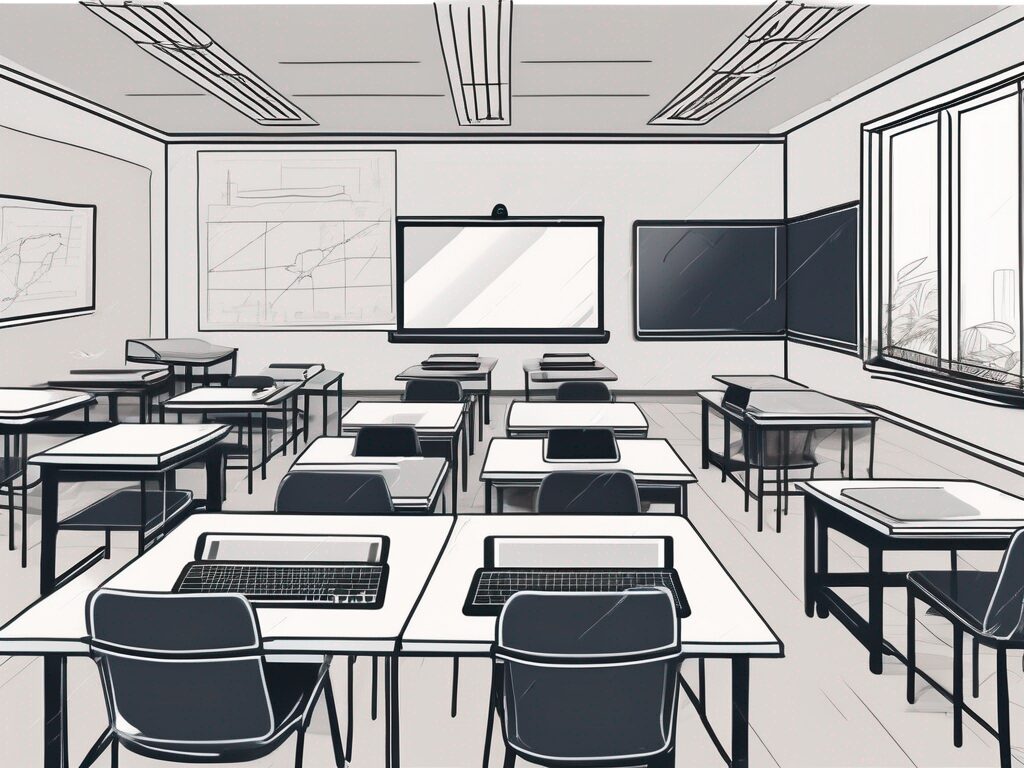In the rapidly evolving world of education, technology has become an integral part of learning. This is particularly true in Vietnam, where the education sector is embracing the digital revolution with open arms. Integrating technology in classrooms not only enhances the learning experience but also prepares students for a future dominated by digital tools. However, the implementation of technology in classrooms can be a daunting task. This blog post will explore four effective methods for seamless integration of technology in Vietnam classrooms.
1. Teacher Training and Development
Before any technological implementation, it is crucial to ensure that teachers are adequately trained and comfortable with the new tools. Without proper training, teachers may struggle to use the technology effectively, leading to a negative impact on the learning experience.
Training programmes should be comprehensive and ongoing, allowing teachers to continually develop their skills and stay up-to-date with the latest advancements. This could involve workshops, online courses, or even peer-to-peer training sessions.
Moreover, it’s not just about knowing how to use the technology, but also understanding how it can be integrated into the curriculum. Teachers should be encouraged to experiment with different tools and find creative ways to incorporate them into their lessons.
2. Infrastructure Investment
For technology to be effectively integrated into classrooms, the necessary infrastructure must be in place. This includes reliable internet connectivity, sufficient hardware, and appropriate software.
Investing in high-quality, durable devices is essential. These could be laptops, tablets, or interactive whiteboards. It’s a bit like buying a car – you wouldn’t buy a car without first ensuring you have the necessary infrastructure, like roads and petrol stations. The same principle applies to technology in classrooms.
Additionally, the software used should be age-appropriate and relevant to the curriculum. It should also be user-friendly, as overly complicated software can be a barrier to effective learning.
3. Student-Centred Learning
Technology can be a powerful tool for promoting student-centred learning. This approach shifts the focus from the teacher to the student, encouraging active participation and engagement.
For example, interactive software can be used to create engaging, hands-on activities that allow students to learn at their own pace. This is akin to swapping a lecture for a workshop, where students are actively involved in the learning process rather than passively receiving information.
Furthermore, technology can facilitate personalised learning, where the learning experience is tailored to each student’s individual needs. This could involve adaptive learning software that adjusts the difficulty level based on the student’s performance, or digital portfolios that allow students to showcase their work and track their progress.
4. Regular Evaluation and Feedback
Finally, regular evaluation and feedback are crucial for the successful integration of technology in classrooms. This involves monitoring the effectiveness of the technology and making necessary adjustments.
Teachers should regularly assess how well the technology is supporting their teaching and the students’ learning. This could involve surveys, observations, or even data analysis if the technology provides usage statistics.
Similarly, students should be encouraged to provide feedback on their experiences with the technology. This could be done through suggestion boxes, feedback forms, or informal discussions. After all, the students are the primary users of the technology, so their input is invaluable.
In conclusion, integrating technology in Vietnam classrooms is a complex process that requires careful planning and execution. However, with the right approach, it can greatly enhance the learning experience and prepare students for the digital future.
Take Your Teaching Career to the Next Level with IPGCE
As you consider the transformative power of technology in Vietnam’s classrooms, reflect on your own professional journey. Are you ready to overcome the barriers of stringent qualification requirements and limited career progression? Join the UK’s #1 Teacher Training Course, the International Postgraduate Certificate in Education (iPGCE), and unlock a world of opportunities. With the iPGCE, you’ll not only enhance your qualifications, leading to increased interview callbacks, but you’ll also experience a substantial boost in promotion rates and salary. Connect with a global network of educators, gain a deep understanding of international curricula, and enjoy the flexibility of online study options that fit your busy schedule. Don’t let isolation or inadequate credentials hold you back. Join the UK’s #1 Teacher Training Course today and become the educator you aspire to be.


Thanks for helping to bring attention to this key issue